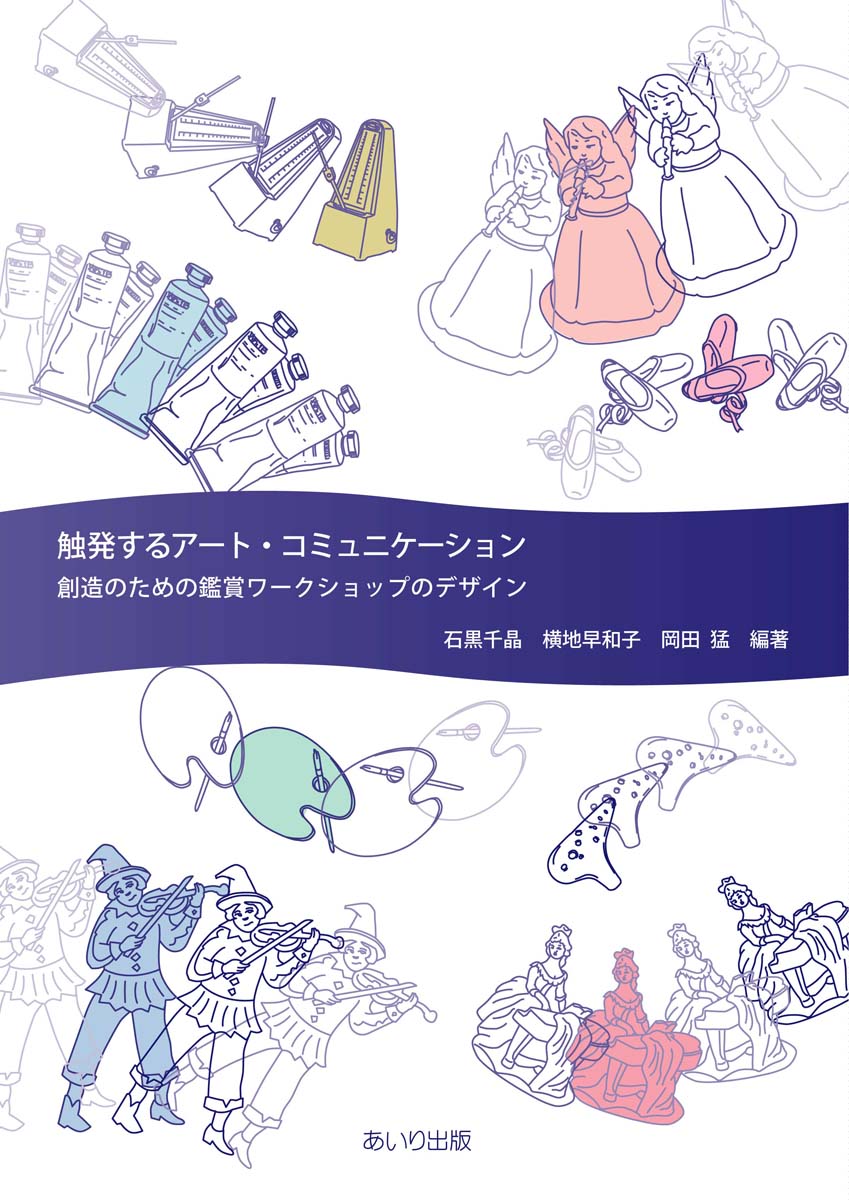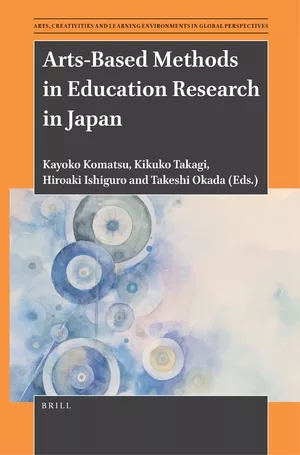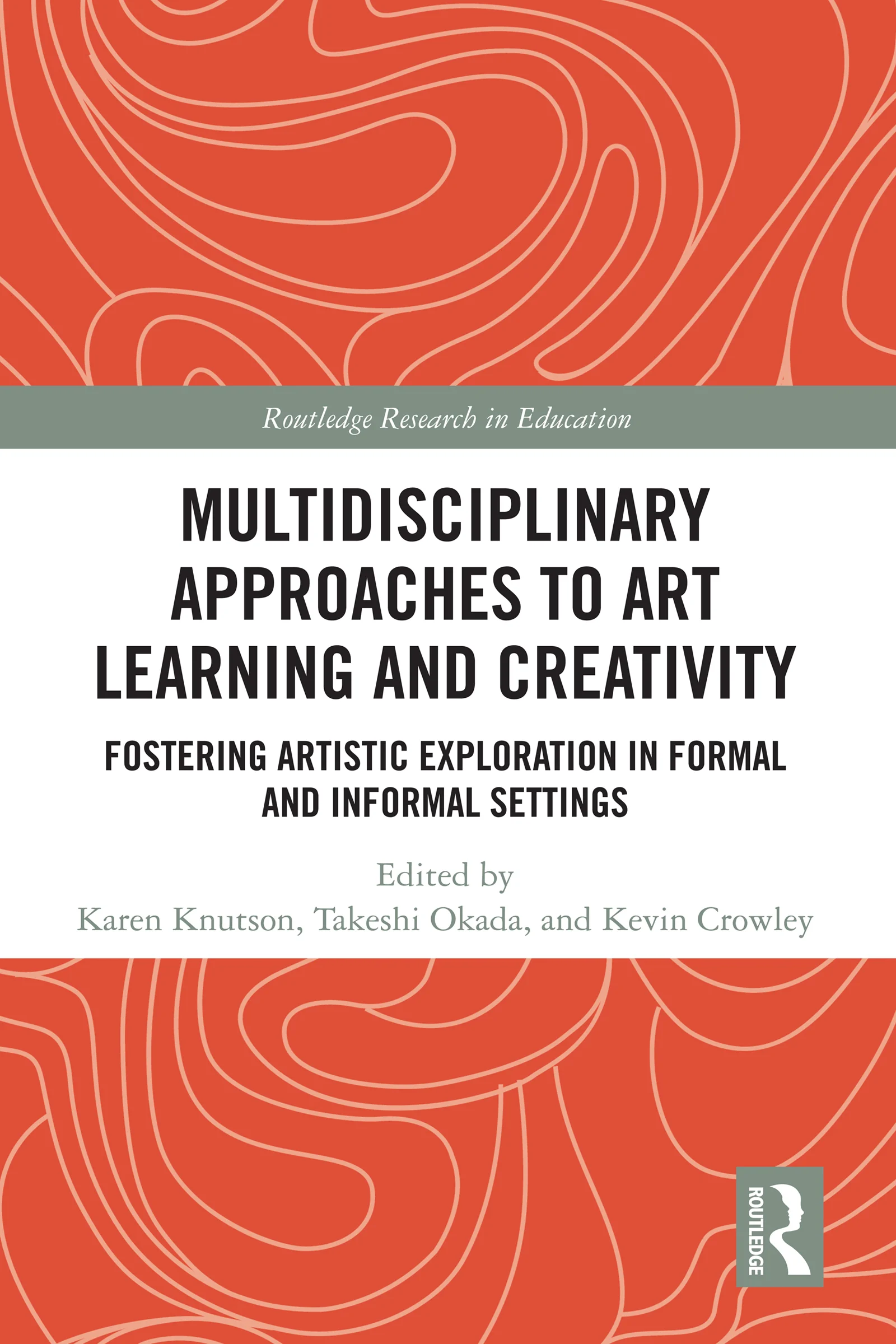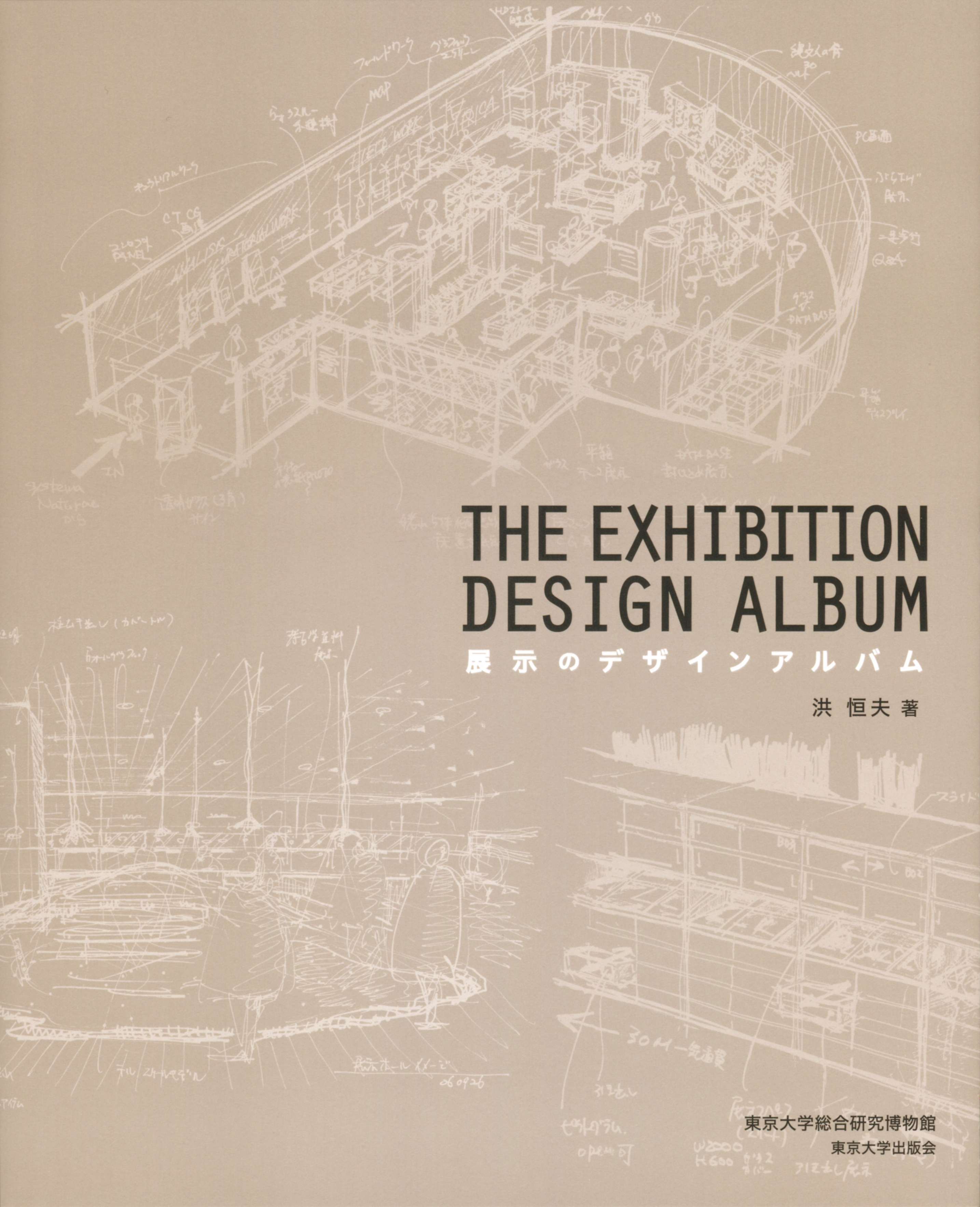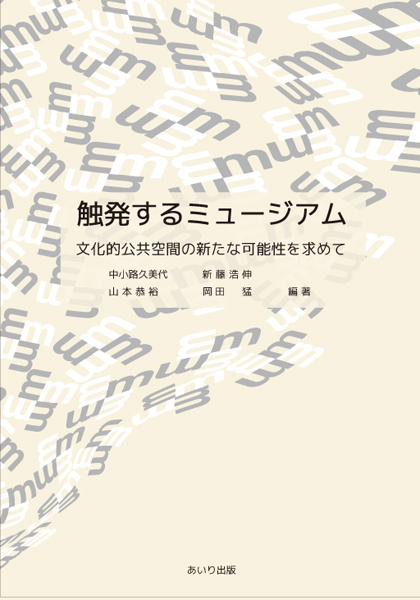
Title
Shokuhatsu-suru Museum (Moments in Museums - Getting Inspired and Being Inspiring)
Size
266 pages, B5 format, softcover
Language
Japanese
Released
May, 2016
ISBN
978-4-86555-025-2
Published by
Airi Pub
Book Info
See Book Availability at Library
Japanese Page
What does “seeing” signify? This is a concept that encompasses a diversity of actions in any language. In terms of academic disciplines, it is differently employed not only in philosophy but also in cognitive science, literature, zoology, medical science, nursing, etc. The meanings vary whether the object of the action is people, animate or inanimate objects, society, the world, or the universe.
This book attempts to unveil the wonder concerning “seeing” in the context of museums as a space where this phenomenon takes place. This is a result of collaborations between researchers in informatics, cognitive science, engineering, designing, and pedagogy working with the curatorial staffs of museums, who continue generating new value in the front line.
We experience various sensations in museums through “seeing” (though not limited to a visual sense of seeing, for there are also some museums and programs designed for visually-impaired people): disturbances to conventional values (being bewildered by something unexpected), the comfort of reassurance of conventional values (people always line up for famous works or lovely animals), a good time with other people, and so on. The breadth of these possible sensations may have been somehow limited by the attitude that we are traditionally prescribed to assume in museums, that is, to view objects quietly. Peaceful appreciation of artworks deserves considerations, of course, but looking back in history, museums in premodern history and earlier used to be a space to exhibit extraordinary natural and artificial objects brought from all ages and countries, seen in the instances of the Room of Wonder, Cabinet of Curiosities. Visitors would have been shocked by the rareness, beauty and/or grotesqueness of the collections and may have seen new values in them.
We refer to this bewildering experience as “inspiration” and describe various attempts made at museums home and abroad to “inspire” visitors, as well as the efforts the curators make behind the scenes. Curators in the world continue making efforts in their research in quest of ways to present to the public inspiring programs, aiming high, far higher than the knowledge possessed by the government official who referred to them as a “cancer.” Curators are specialists in discovering and disseminating values from the past, present, and future. They are in this sense specialists in inspiration. From the activity reports included in the book, we catch a glimpse of their ingeniousness and creativity.
The book may thus be classified in the genre of museum studies. It is an area of interest with historical depth and a diversity of approaches, as evidenced by the variety of contributors’ areas of specialization. As is the case with academic fields based on empirical practices, it can be said that it is a handmade world developed over time upon trial and error of those involved.
The book also refers to the efforts made at the University Museum, the University of Tokyo. The University of Tokyo holds many museums, and the campuses are museums in their own right. I hope students will enjoy the resources offered by the university and be “inspired” to come up with new value.
This book is suitable for future curators, those who are interested in museums and those who wish to appreciate the wonders of “seeing.”
(Written by SHINDO Hironobu, Associate Professor, Graduate School of Education / 2018)



 Find a book
Find a book


